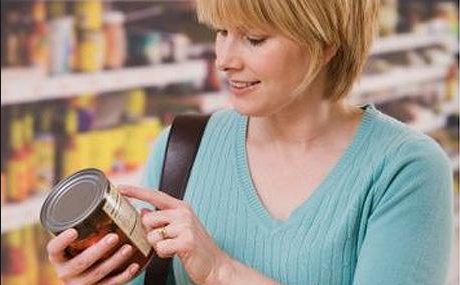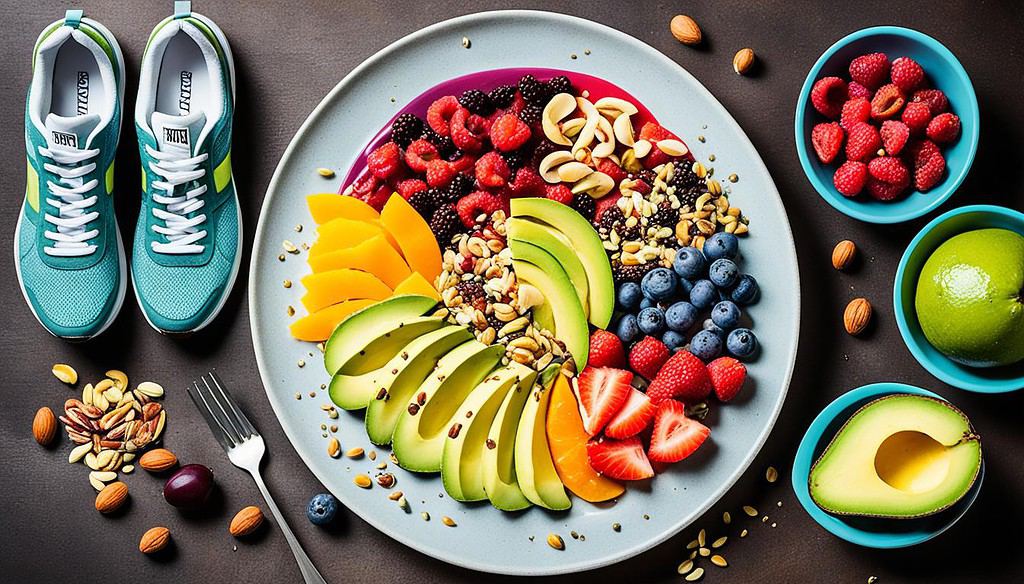The read labels on food are often complicated, and it can be hard to figure out what is healthy or not. This article will read labels, understand nutritional facts, and read food labels for optimal health!
What are food labels?

Food labels are essentially representations of the amount and type of nutrients contained in a given food item. Labeled foods carry certain health benefits and flavors. From the beginning, consumers know the packaging of the products. Labeling can take the form of featured images, words on the package, or both.
Food labels are designed to help people make wise decisions when purchasing food. Labels contain important information, such as Calories, Protein, and Carbohydrate count and allergy information and location. These information pieces can provide consumers with more useful information than the actual product itself. By interpreting the information properly, consumers can make intelligent choices about their social media, eating, and future dietary patterns.
Read Food Labels
Food labels are often the easiest way to understand your food and how healthy it is. A reading diet relies on visual recognition as much as taste. Different foods look different, and it can be challenging to identify precisely what a specific package contains. This helps with portion sizes and with knowing what is in the food you eat. Read labels are often placed on the front of the package but can sometimes be over the top or backside. Read labels help track how much sugar, fat, and salt you’re consuming in your diet.
How to read nutrition facts on food labels

Knowing how to read nutrition facts on food labels is a skill that many people neglect. It is essential to understand how much of an item’s nutritional value comes from specific nutrients. Also, how much comes from other sources, and how much is completely missing from an item’s label. Consumers have different needs regarding nutrition facts labeling: some need more information, and some need less.
Nutrition Facts are provided for every food product you eat. These facts describe how much food contains or lacks a specific substance (vitamins, minerals, or oils).
Understanding nutritional facts are not very obvious. But the labels on food help you understand your food. At first, labels can be a little confusing and intimidating. Take a minute to read the ingredients and the nutritional facts before scoffing your food down. You can read labels in several different ways depending on what information you’re looking for. For example, if you read sugar content, you would read across to the sugar column. There may be times where there is more than one number listed under an ingredient. This is the daily allowable dosage. It is the highest amount you can have for this specific food and you still consider it within a healthy range. Food labels are in grams, milligrams or percentages.
What are the different types of ingredients on a label?
There are three different kinds of ingredients on a food label:
- Readily available ingredients,
- Ingredients in relationship to the consumer (e.g., ingredients used to flavor a product), and
- Ingredients that can be difficult or impossible to obtain.
Commonly available ingredients are those that are inexpensive to purchase and include natural ingredients. But these are not necessarily the best ingredients for every recipe. For example, you might want apricots in your fruit salad at the beach because they are on sale, and you can’t get any fresher ones at the Coppens or Whole Foods.
A label can be read in many ways. You can look at it from the perspective of nutrition or consumer responsibility. You can even look at it from a purely scientific perspective and analyze what the ingredients are (and are not) doing to your body. Ultimately, however, what matters most is what your overall perception of the label is. When learning how to read labels, you should first make sure you are making solid observations about the ingredients on both the manual and its breakdown products.
Why is it important to know how much sugar is in your product?

Product labeling (also known as ingredient lists or product features) is one of the most critical aspects of food delivery today. It’s essential to know how much sugar is in your product. This affects how much energy your body utilizes while you’re eating it. This energy gets converted into heat which ultimately influences how much weight you gain from just one food serving. From childhood, we learn that eating sugary and fatty foods is the only way to gain weight. It is reinforced by media and science (there’s no arguing with that). As a result, we end up with overweight and obesity rates that are far higher than not just in America but most places around the world.
The amount of sugar in a product isn’t as important as how much is in it. Sugar is present to products at random, and that might not be what we want. Some types of food have added sugars because they are considered healthy. However, most diet foods are naturally sweet and should not be altered in any way. But if you want to minimize the amount of added sugars in your diet, you should be aware of which foods have added sugars and how much you might be consuming.
Sugar is an added sweetener linked to many health problems, including high blood pressure, heart disease, diabetes, and Alzheimer’s. It’s easy to consume too much of it, so reading nutrition labels and understanding how much you consume is essential. A small amount of added sugar in a product doesn’t necessarily mean it is a problem, just as a small amount of fat doesn’t necessarily mean it will make you fat. It all depends on how much you eat, the type of products you eat, and how much water you take.
What are some tips for reading food labels?
Food labels give you valuable information that can help you make smarter buying decisions. It can let you know what steps to take to reduce your risk of getting sick from foodborne illness or identify new reasons to eat certain foods. It can be hard to understand how different products differ when there is little visual information, including ingredient lists and nutritional facts on the packaging. Label reader (FNPL) software has become available for free download on various platforms and provides several features to make reading labels easier.
How to read fat on food labels

Fat is a molecule we constantly consume in our diets. This is about how much fat a food contains, not how it’s made or what it does. We need to recognize fat on food labels if we are going to have healthy meals. The amount of fat in a food depends on how much it’s been prepared – such as preparing unique ingredients or steaming large foods. Some fat is from small details in how it’s ready. For example, if spoonfuls of frosting have been added to chocolate instead of tiny droplets on the fingertip, this is more fat than if the frosting had been left as is and been replaced with thin layers of chocolate.
How to read sugar on food labels
The amount of sugar can be represented by several numbers, often denoted by teaspoons, ounces, or grams. When determining how much sugar is in a product, always subtract the number of teaspoons of sugar from the total naturally found in the product. For example, if you eat fruit with 5 teaspoons of sugar, then the sugar in that fruit will be counted as 2 teaspoons remaining in the product (because there is not enough natural sugar in the fruit to count as 1 teaspoon).
What can you learn from a diabetes label?
An understanding of nutrition facts is fundamental to managing diabetes — and avoid costly complications. The label serves as a physical trace that provides sufficient information to enable an energy-active person to make intelligent decisions about their intake of foods that contribute to energy intake and energy expenditure. From this perspective, different food groups are classified A and B. Group A is those foods whose content contributes most efficiently to overall energy intake, and group B is those foods whose content contributes less efficiently.
As a veteran fitness technology innovator and the founder of GearUpToFit.com, Alex Papaioannou stands at the intersection of health science and artificial intelligence. With over a decade of specialized experience in digital wellness solutions, he’s transforming how people approach their fitness journey through data-driven methodologies.